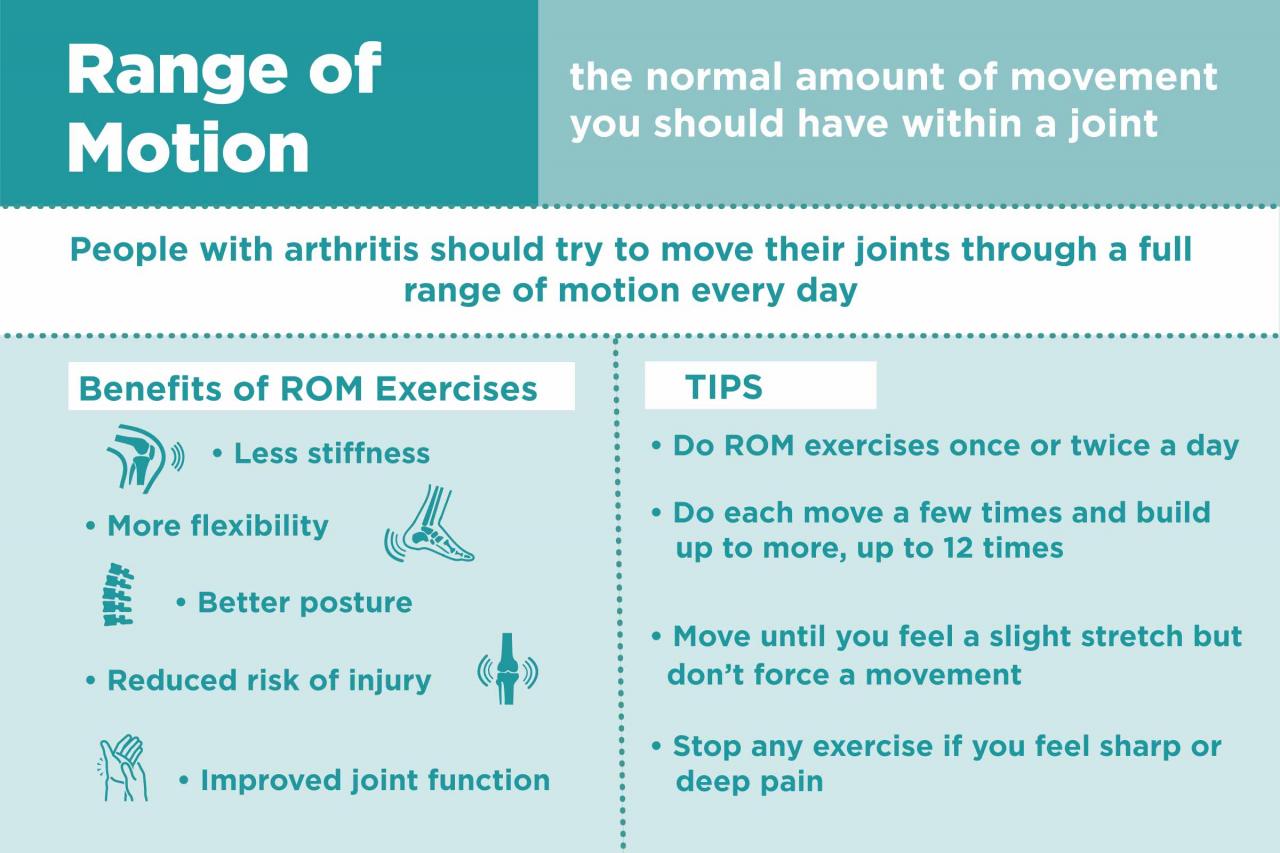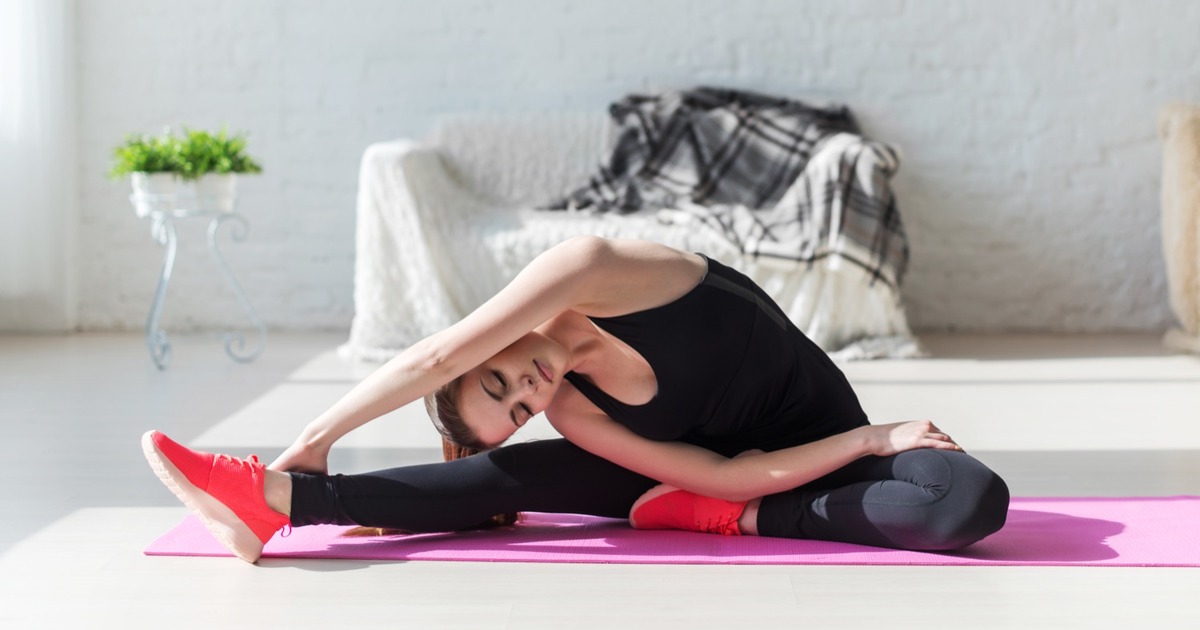
Explain why regular exercise is the best way to prevent flexibility issues. – In the realm of health and fitness, regular exercise stands tall as the cornerstone of flexibility, offering a myriad of benefits that effectively combat the limitations imposed by inflexibility. This article delves into the intricate relationship between exercise and flexibility, exploring the physiological mechanisms that underpin their harmonious interplay and providing a comprehensive guide to incorporating exercise into your routine for optimal flexibility.
From enhancing range of motion to reducing muscle stiffness, the positive impact of exercise on flexibility is undeniable. This article will delve into the specific exercises that promote flexibility, empowering you with the knowledge and tools to unlock your full range of movement.
Regular Exercise: The Key to Preventing Flexibility Issues: Explain Why Regular Exercise Is The Best Way To Prevent Flexibility Issues.

Regular exercise is any form of physical activity that is performed regularly to improve or maintain physical fitness and overall health. Flexibility issues, on the other hand, refer to limitations in the range of motion of a joint or group of joints, often caused by muscle tightness or joint stiffness.
This article will delve into the reasons why regular exercise is the most effective way to prevent flexibility issues, exploring its benefits, mechanisms, and comparing it to other methods.
Benefits of Regular Exercise for Flexibility
Regular exercise offers numerous benefits for flexibility, including:
- Improved range of motion:Exercise helps increase the range of motion in joints by stretching and strengthening the muscles and connective tissues around them.
- Reduced muscle stiffness:Regular physical activity helps reduce muscle stiffness by increasing blood flow and promoting the release of synovial fluid, which lubricates joints.
- Examples of flexibility-promoting exercises:Some examples of exercises that can help improve flexibility include stretching, yoga, Pilates, and tai chi.
How Regular Exercise Improves Flexibility, Explain why regular exercise is the best way to prevent flexibility issues.
The physiological mechanisms involved in flexibility improvement through exercise include:
- Stretching:Stretching exercises help elongate muscles and increase their flexibility.
- Strengthening:Strengthening exercises help build muscle strength and endurance, which supports joint stability and range of motion.
| Type of Exercise | Benefits for Flexibility |
|---|---|
| Stretching | Elongates muscles, increases range of motion |
| Strengthening | Builds muscle strength, supports joint stability |
| Yoga | Combines stretching and strengthening, improves posture |
| Pilates | Focuses on core strength and flexibility, improves balance |
| Tai chi | Involves slow, gentle movements, improves coordination and flexibility |
Comparison with Other Methods
While regular exercise is the most effective way to prevent flexibility issues, other methods may also provide some benefits:
- Yoga:Yoga is a mind-body practice that combines stretching, strengthening, and breathing exercises. It can improve flexibility and posture.
- Massage:Massage can help reduce muscle tension and stiffness, which can improve flexibility.
| Method | Benefits | Drawbacks |
|---|---|---|
| Regular Exercise | Most effective, improves range of motion, reduces muscle stiffness | Requires time and effort |
| Yoga | Combines stretching and strengthening, improves posture | May not be suitable for everyone, requires guidance |
| Massage | Reduces muscle tension and stiffness | Temporary effects, may be expensive |
Final Wrap-Up

In conclusion, regular exercise reigns supreme as the most effective means of preventing flexibility issues. Its ability to improve range of motion, reduce muscle stiffness, and enhance overall flexibility is unparalleled. By incorporating exercise into your daily routine, you not only invest in your physical well-being but also pave the way for a life filled with unrestricted movement and boundless possibilities.
FAQ Section
What is the best type of exercise for improving flexibility?
Dynamic stretching, yoga, and Pilates are excellent forms of exercise for enhancing flexibility.
With Mother’s Day approaching, it’s time to express our love and appreciation for the special women in our lives. To all the moms out there, we wish you a happy Mother’s Day filled with joy and love.
How often should I exercise to improve flexibility?
For those experiencing lower back pain, exercises to relieve lower back pain can be beneficial. Meanwhile, regular exercise remains crucial in preventing flexibility issues, as highlighted by research .
Aim for at least 2-3 sessions of flexibility-focused exercise per week.
Is it too late to improve my flexibility?
No, it’s never too late to improve flexibility. Regular exercise can help individuals of all ages gain greater range of motion.

